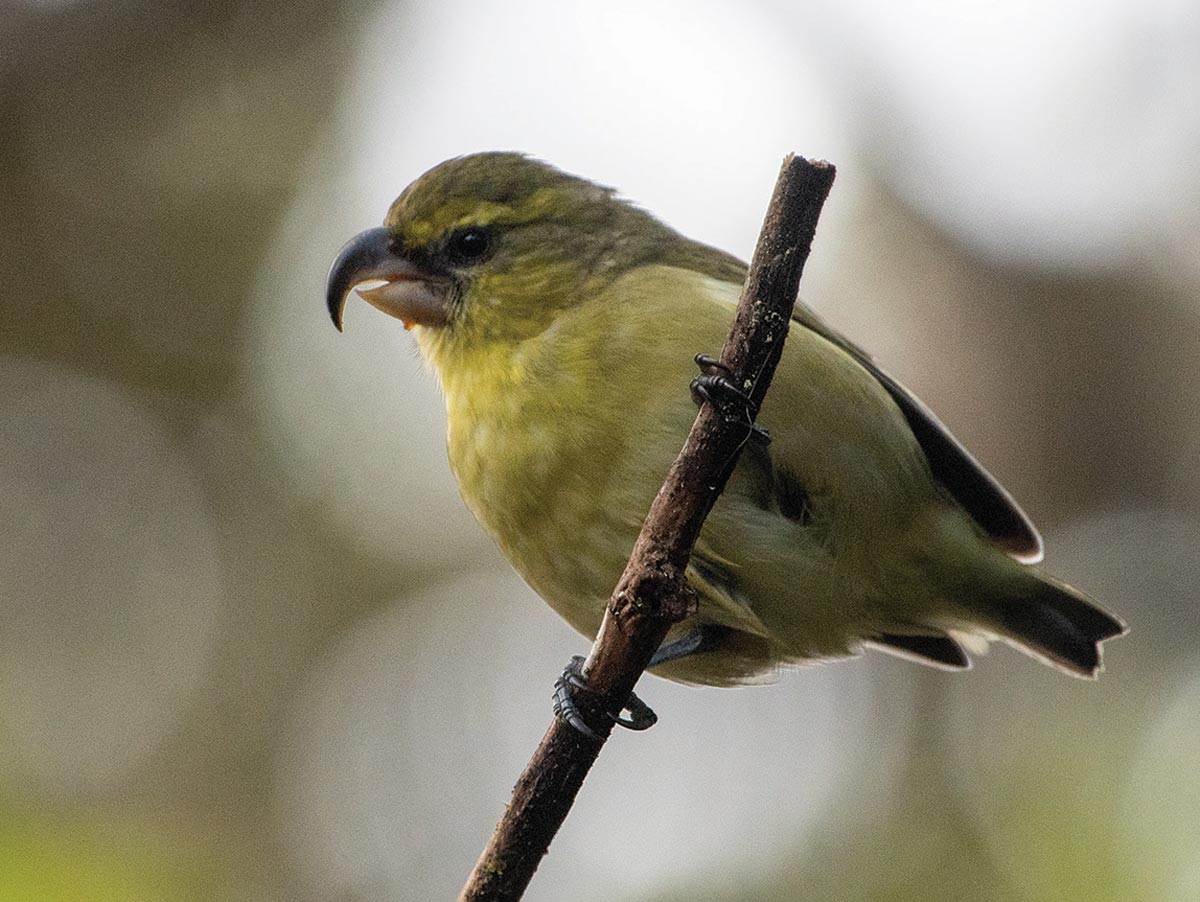Hawaiian Birds
Addressing Threats in the Race Against Extinction
Status: A dire situation for some of the most endangered birds
The recent history of Hawaii’s birds is full of extinctions, but current conservation actions are showing promise for turning the tide. Since western colonization began on the Hawaiian islands in 1778, almost half of the 73 endemic bird species and subspecies have gone extinct or are presumed extinct, and another third are today federally protected under the Endangered Species Act. Innovative and intensive science-driven conservation efforts are staving off the creeping threats of climate change and mosquitoes and are rescuing the last individuals of some species.
- The estimated cumulative population for the highest risk birds (including Akikiki, Kiwikiu, and Akekee) is dangerously low, with fewer than 5,500 total birds left among the 10 most endangered Hawaiian species.
- Emergency actions to bring critically endangered birds into captivity for breeding and translocation to safer habitats are buying time for some species, such as the Akikiki of Kauai. But ultimately these strategies won’t avoid extinction unless Hawaii’s forests are rid of mosquitoes that carry lethal diseases to birds.
Using Science to Fight Mosquitoes with Mosquitoes

The spread of non-native mosquitoes, which are vectors for diseases such as avian malaria, have devastated many populations of Hawaiian forest birds. Eleven of Hawaii’s 17 honeycreeper species are federally listed under the Endangered Species Act, with several possibly going extinct within the next 3 years.
For many honeycreepers, a single mosquito bite can prove lethal. The plague of mosquito-borne illnesses on the islands is spreading with warming temperatures that reach higher into forest habitats. Scientists are fighting back with new biological technologies, using the naturally occurring Wolbachia bacteria (which renders mosquito eggs unviable) to suppress mosquitoes in Hawaiian forests. Male mosquitoes (which don’t bite birds or people) are bred in a lab with Wolbachia, then released to mate with wild female mosquitoes that then cannot successfully reproduce.
Urgent efforts to begin releasing Wolbachia-male mosquitoes are underway, as landscape-scale mosquito control is the only hope for many endangered Hawaiian forest birds to survive in the wild into the next century.
